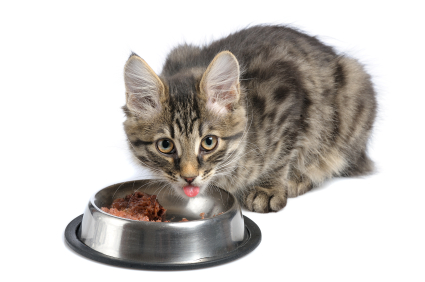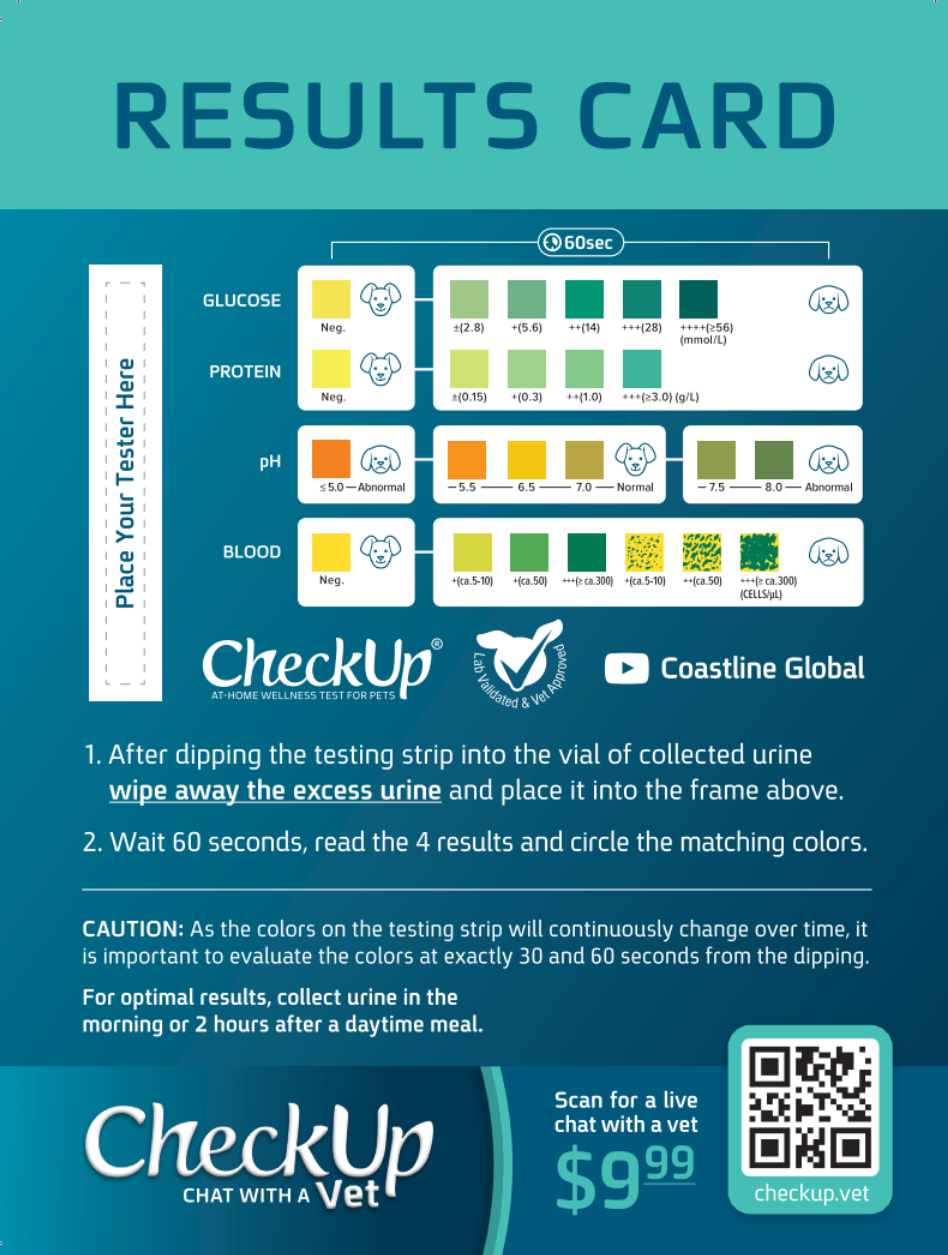Most people’s pets, especially their cats and dogs, are more than just pets; they are members of the family, and as such, we want to give them the best of everything, and most importantly, the best food.
Many veterinarians, especially those who specialize in feline medicine, now agree that our feline companions should only be eating “wet” or canned foods that are made up primarily of high quality animal protein; this could also include a raw meat diet. After all, what would our cats be eating in the wild? Most likely it would be a whole mouse or bird, which is essentially all protein and water. Therefore, the best diet for your cat would be one that mimics what they would eat in nature – high in protein, low in carbs.
This is particularly important in cats that are diabetic or have kidney disease. If a diabetic cat has a diet that is high in carbohydrates, they will end up with a very high blood sugar level. This will result in their kidneys reaching a point where they can no longer re-absorb the sugar (or glucose); instead the glucose passes through into the urine, resulting in what your veterinarian would term “glycosuria”. Over time, this can lead to kidney disease. A low carbohydrate diet can improve a cat’s insulin sensitivity and reduce their reliance on insulin medication.
Cats with kidney diseases that are not associated with diabetes should also be on low carbohydrate diets, and the protein that is in their diet should be a high quality protein. High quality proteins, such as meat, produce fewer waste products, whereas lower quality cereal proteins produce more waste products that the kidneys then have to eliminate. No matter what caused the kidney disease, whether it was from infections, poisoning or an immune system related disease, diet is very important in its management.
A very useful and important test that plays a role in the management of both diabetes and kidney disease is urine analysis. However, have you ever tried to get your cat to pass urine on demand? That is why traditionally we have to take our furry felines to the veterinarian for them to obtain a urine sample. There are generally 3 methods for urine collection:
- Catheterisation, where a very thin tube is inserted into the urethra, up into the bladder;
- Cystocentesis, involves inserting a needle through the cats skin and then directly into the bladder; and
- Free catch, obtaining a sample when the pet urinates.
None of these methods are straightforward, but all usually induce stress in the cat, as well as their owner, not to mention the financial implications of a “quick” trip to the veterinary clinic! Thankfully there is a now a less stressful, much easier and cost effective way of performing a urine analysis test at home as part of your pet’s disease management, it’s called CheckUp. CheckUp is a veterinarian recommended, easy to use, do-it-yourself, urine analysis and monitoring kit. By using this kit, you can obtain a stress free urine sample using hydrophobic sand, check your cat’s glucose levels, and monitor pH, kidney conditions and blood in the urine. If you receive a positive result for glucose, pH, or kidney conditions, it is likely that a new diet is recommended for your cat. We advise you to speak with your veterinarian to discuss the best solutions for any existing conditions, or to prevent conditions from arising.







